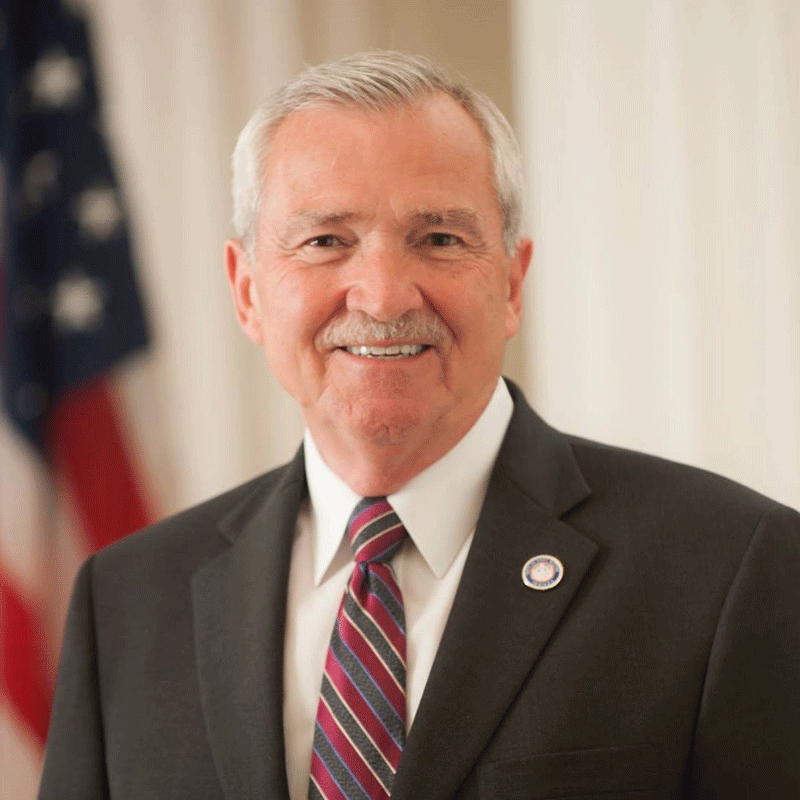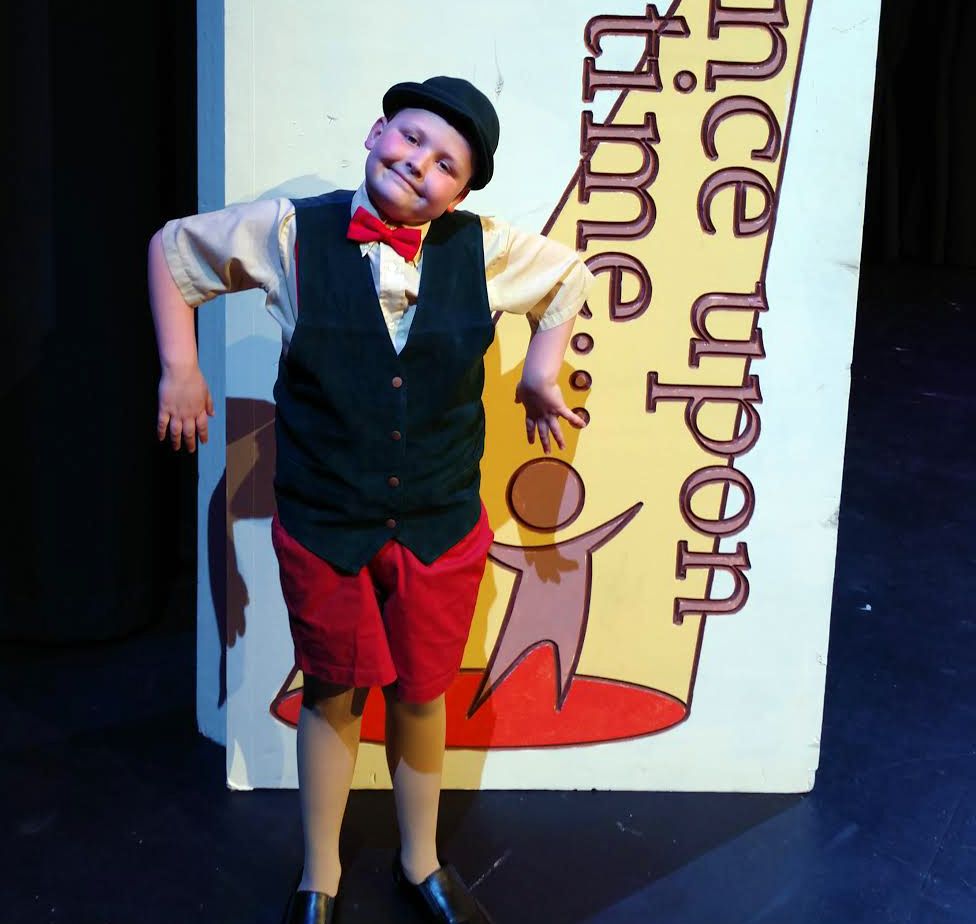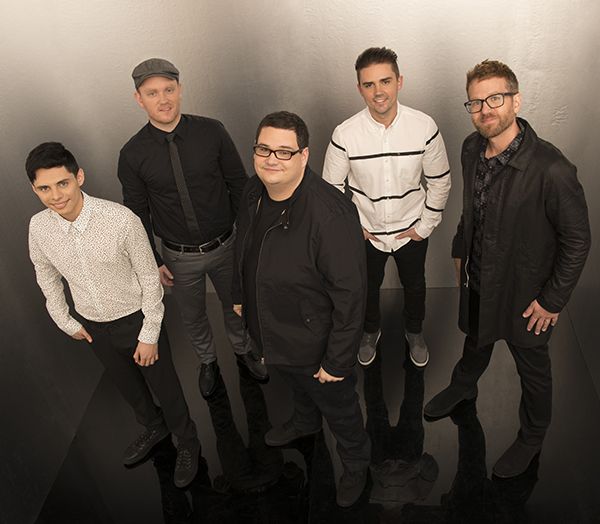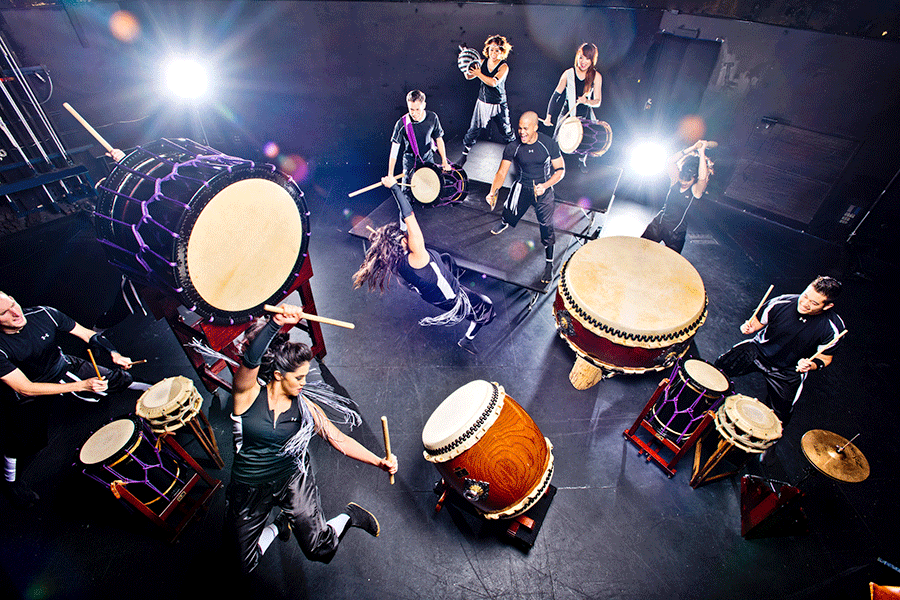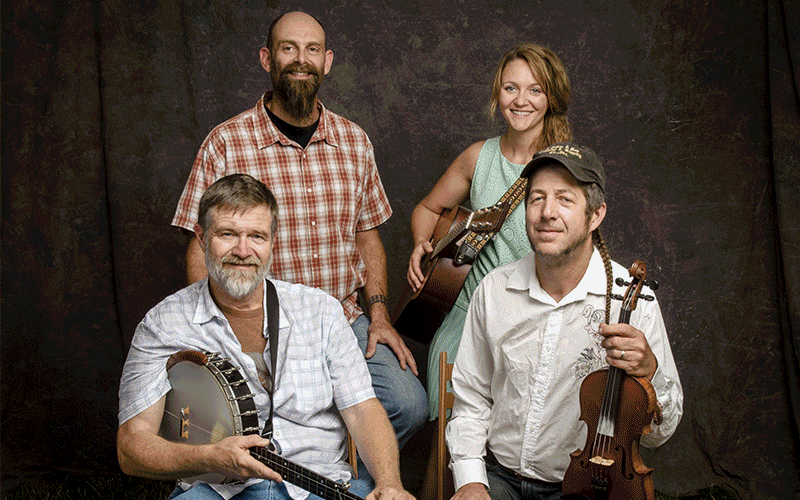When Tom Henry won his first mayoral election in 2007, changes were already underway for downtown Fort Wayne. But he inherited a few problems that would take time to unravel, including some reluctance – even bitterness – over the construction of what was to become Parkview Field. Not everyone thought there was a need for a new ballpark, and many of those opposed were not shy about sharing their opinions. But a year after he took office, he joined the city in celebrating opening day at the new home for the Fort Wayne TinCaps, and that was when the tide of public perception began to change.
“When people came for Opening Day that year, they saw that Parkview Field was a beautiful facility,” says Henry. “That really impressed a lot of people. It was totally different from what they were expecting. A lot of the objection came from the idea of a new ballpark, but once they saw it, they realized it was so much more. It quickly became such a presence in downtown.”
Parkview Field was just one piece of the plan for downtown, a plan originally conceived during Graham Richard’s tenure as mayor. For the rest of the plan to move forward, Henry had to address another obstacle beyond public approval.
“To move forward with the hotel and the other parts of Harrison Square, it took quite a bit of work. This was 2008 and 2009 when we were right in the middle of a recession. It was going to be difficult to pull it off. So it was a tense time between public attitude and the economy,” Henry recalled.
Although some public money was earmarked for the overall project, to finance the completion, it was necessary for Henry to bring in developers and private investors, no easy feat in the middle of economic woes. But bit by bit, that buy-in began to take root.
“Parkview was a big piece of the puzzle, but we also had the expansion of the Grand Wayne Center, the expansion of the library. It was a difficult time in the city, and it’s hard to get investors and banks to provide money when the city’s unemployment is high. But as people saw the changes, developers began seeing what was happening and began to work with us on the Harrison Square project. Restaurants began opening up, and investments in downtown started taking off. Soon we had the Ash project and the Randall Lofts and the Landing, and things really began to move forward. There’s a momentum that hasn’t been seen in a long time.”
Building on that momentum is the Riverfront project which will take place in phases as Harrison Square was. The lesson learned from the development of downtown is that if you begin slowly and responsibly, people will see the results and will be anxious to see the progress continue.
“Phase I will be completed in the next 18 months to two years,” says Henry. “That will give us that public park atmosphere and show what Riverfront can be so that we can begin to entice private developers. Continental Developers in Minneapolis are coming in and starting to bring some office, retail, housing and public space. As work on Phase I wraps up, we’ll move on to Phase II which should take an estimated two to three years. Then Phase III will be another couple of years. So we’re looking at maybe a total of six to seven years for it all to come together. But it was designed to be that way.
“We did that on purpose because each phase is going to cost around $30 million, and we’ve already paid for Phase I. Now we have time to raise capital for Phase II and III which is better than asking the public for $90 million at one time. This way we’re phasing it in, which makes it more palatable and allows us to see what it does.”
Henry is also excited about breaking ground on the new Landing which will see the end of Columbia Street along that block. Once a great spot for downtown activities, particularly during Three Rivers Festival, the Landing had become just another block for awhile. But with new businesses and a different attitude, the Landing is on the verge of returning to its former glory.
“We want it to be a gathering place,” says Henry. “We have about 2,500 people living downtown right now, and half of them are millennials. They have really said that they want the Landing to be a gathering place, so there are going to be coffee shops, restaurants, bars and other offerings like music to bring people down there. And with no vehicular traffic, people can just walk along and cross without any worries about cars.”
Also recently announced is the intention to begin a commission to encourage more public art in downtown, thanks in no small part to the popularity of the beautiful mural along the Columbia Street Bridge. In order to make more public art possible, there needed to be a source of funding to sustain such projects.
“When businesses come to downtown, they pay a property taxes, and to make that more palatable we can put some of that money back into making their property more attractive, with new sidewalks and things like that. So if we take 1 percent of that, it would give the arts commission up to $100,000 per year which would be enough capital for public art, things like statues, sculptures and other public art.
“The commission will consist of people from City Council and some of my appointees, and they will decide what pieces of art would add something to the city of Fort Wayne. Public art not only improves the quality of life, but it helps bring more businesses to the area.”
With all of that, along with Skyline Tower and a couple more new hotels, the mayor has had his hands full for the past 10 years. And with next year’s local elections, the question is, will Henry run for a fourth term in office? He’s not ready to make any announcements yet.
“My wife and I are talking about it, and people are definitely wanting to know. It’s not just out of curiosity, but there are plans to be made whether I decide to run or not. I’ve been honored to be the mayor of Fort Wayne, and at the end of this term it will have been 12 years, which is not very common. If I decided to run for a fourth term, that would be almost unheard of in Fort Wayne, especially for a Democrat. If I were to decide not to run, I’d want some assurance that the plans we made will be continued. I’m the mayor, but I’ve had the support of a great staff and many other people, and I want that work to continue when I’m gone.
“My wife and I are struggling with the decision because she’d like to see me home more often because I’m not home very much. She figures 12 years is enough, but she also understands my passion for this city.”
